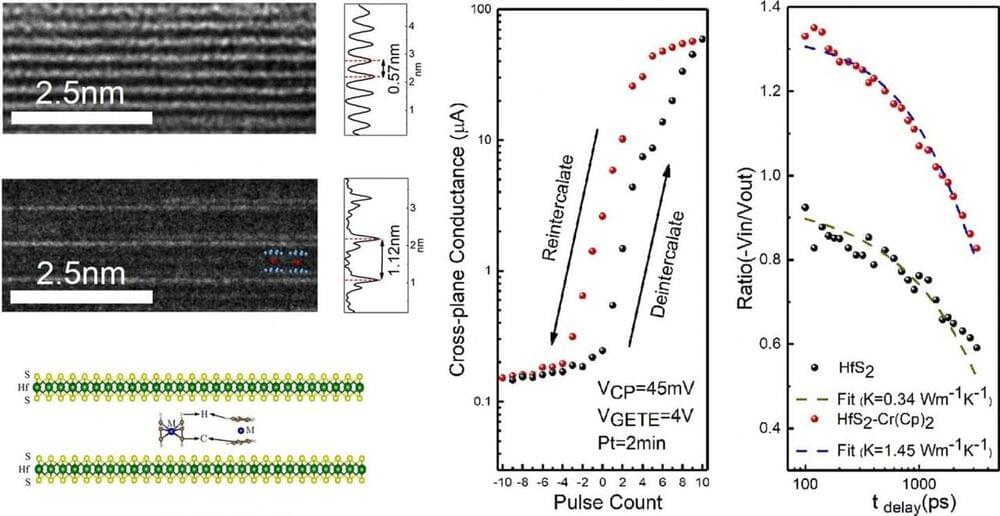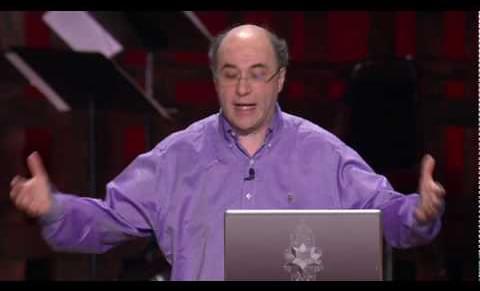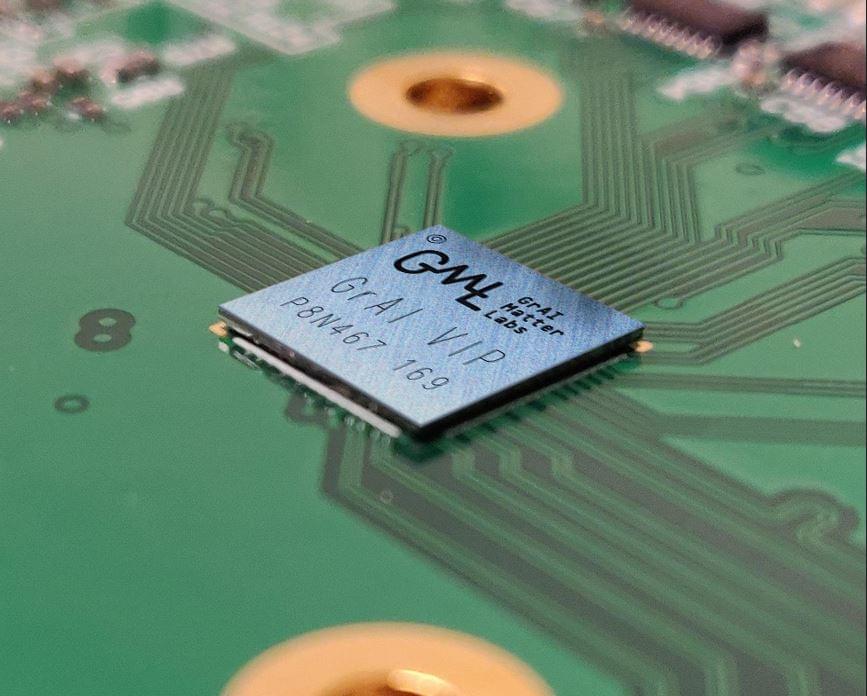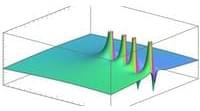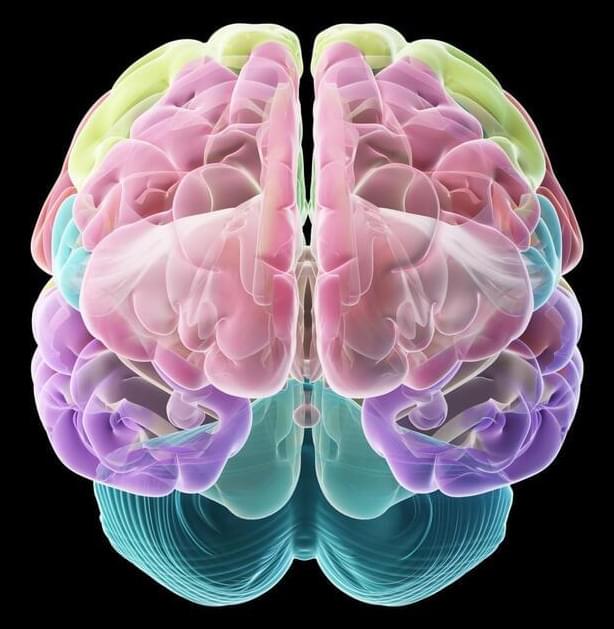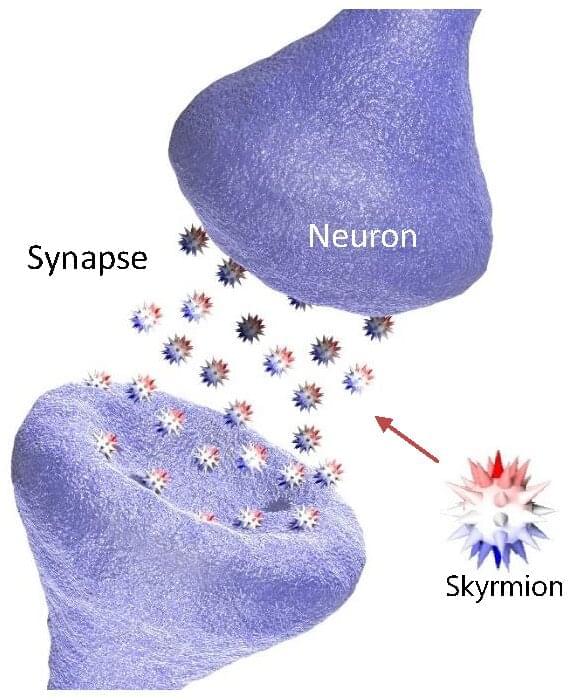Aug 16, 2022
Human-machine interfaces work underwater, generate their own power
Posted by Kelvin Dafiaghor in categories: computing, cyborgs, media & arts, wearables
Wearable human-machine interface devices, HMIs, can be used to control machines, computers, music players, and other systems. A challenge for conventional HMIs is the presence of sweat on human skin.
In Applied Physics Reviews, scientists at UCLA describe their development of a type of HMI that is stretchable, inexpensive, and waterproof. The device is based on a soft magnetoelastic sensor array that converts mechanical pressure from the press of a finger into an electrical signal.
Continue reading “Human-machine interfaces work underwater, generate their own power” »

